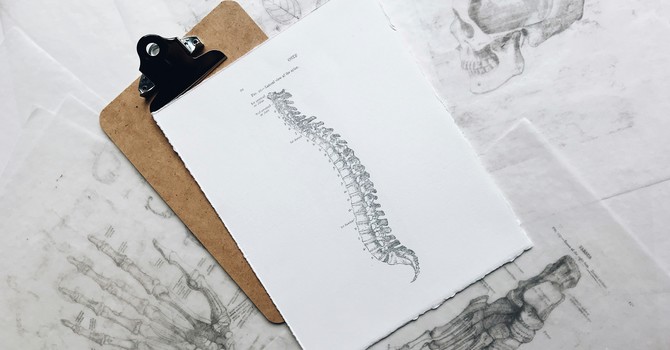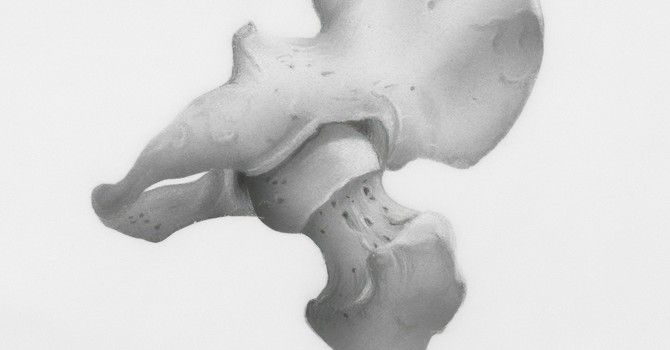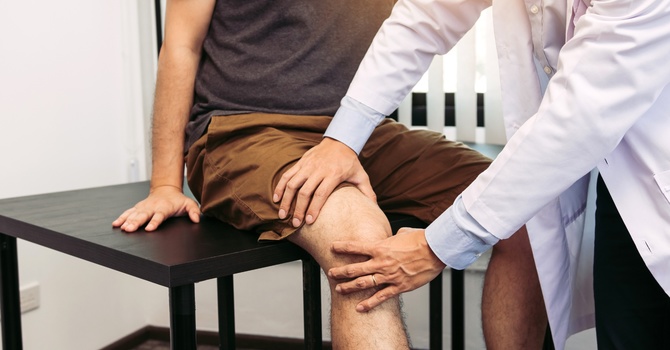
If you’ve been dealing with persistent muscle pain or stubborn knots that won’t go away, you may have heard about dry needling. This modern, evidence-based therapy is an effective, minimally invasive way to reduce pain and restore muscle function — all without medication.
What is Dry Needling?
Dry needling is a technique where a trained healthcare provider inserts very fine, sterile needles into specific areas of muscle tissue — often where painful trigger points (knots) are found. Unlike acupuncture, dry needling is based on Western anatomy and neuromuscular principles, aiming to improve local circulation, decrease tension, and relieve pain and dysfunction in muscles.
Benefits of Dry Needling
Quick pain relief and muscle relaxation
Increased range of motion and mobility
Improved local circulation and healing
Drug-free, with few side effects
Can complement other rehabilitation therapies
Common Conditions It Treats
Dry needling can help manage many musculoskeletal conditions, especially those involving chronic muscle tightness or myofascial pain, including:
-
Tension headaches and neck pain
-
Shoulder pain and rotator cuff dysfunction
-
Back pain and sciatic-type pain
-
Tennis elbow (lateral epicondylitis)
-
Plantar fasciitis
-
Sports injuries and post-exercise soreness
-
Myofascial trigger points and muscle “knots”
The Treatment Process
During a dry needling session, the provider will:
-
Assess your muscles and trigger points to identify areas of tightness and tenderness.
-
Insert ultra-thin, sterile needles into targeted muscles — you may feel a small prick and then a twitch or cramp-like sensation as the muscle releases.
-
Allow the needle to remain for a short period (usually a few seconds up to a few minutes) before removing it.
-
Repeat as needed for multiple trigger points.
Sessions typically last between 15 and 30 minutes, and most patients feel some relief after one session, with further improvements over a few treatments spaced about a week apart.
Potential Side Effects
Dry needling is generally very safe when performed by a trained professional. Some people may experience:
-
Mild soreness or aching for 24–48 hours after treatment
-
Minor bruising or bleeding at the needle site
-
Temporary fatigue
More serious complications — like infections or nerve injury — are extremely rare.
Conclusion
Dry needling is a proven, effective therapy for treating muscle pain, improving range of motion, and accelerating recovery. If you struggle with stubborn muscle tension or pain, it’s a great option to discuss with a physiotherapist or other healthcare provider trained in dry needling techniques.



